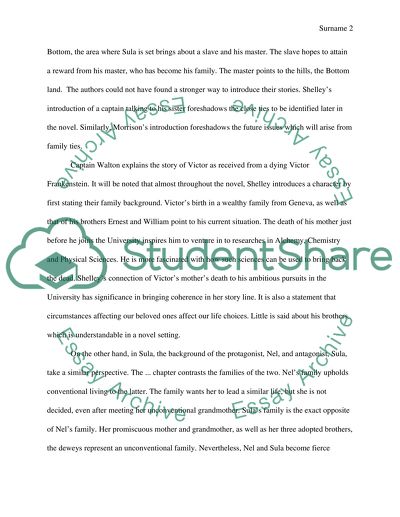Cite this document
(“What Ties Mary Shelly's Frankenstein to Tony Morrison's Sula Essay”, n.d.)
What Ties Mary Shelly's Frankenstein to Tony Morrison's Sula Essay. Retrieved from https://studentshare.org/english/1497490-choosing-one-theme-that-ties-mary-shelly-s
What Ties Mary Shelly's Frankenstein to Tony Morrison's Sula Essay. Retrieved from https://studentshare.org/english/1497490-choosing-one-theme-that-ties-mary-shelly-s
(What Ties Mary Shelly's Frankenstein to Tony Morrison'S Sula Essay)
What Ties Mary Shelly's Frankenstein to Tony Morrison'S Sula Essay. https://studentshare.org/english/1497490-choosing-one-theme-that-ties-mary-shelly-s.
What Ties Mary Shelly's Frankenstein to Tony Morrison'S Sula Essay. https://studentshare.org/english/1497490-choosing-one-theme-that-ties-mary-shelly-s.
“What Ties Mary Shelly's Frankenstein to Tony Morrison'S Sula Essay”, n.d. https://studentshare.org/english/1497490-choosing-one-theme-that-ties-mary-shelly-s.


